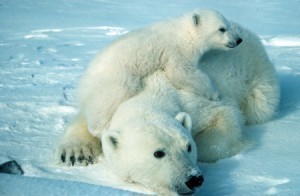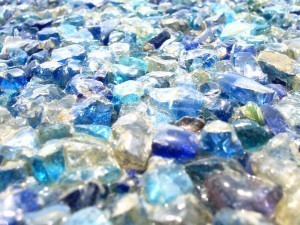Worlds Biggest Bear
What is the World’s Biggest Bear?
The world’s largest bear is also the largest carnivore on earth: the polar bear. It has no rival except its close relative, the brown bear. The polar bear has an average weight of between 900 to 1,500 pounds. The biggest polar bear ever recorded was almost 12 feet tall and weighed an incredible 2,210 pounds or 1,022 kilograms. Although brown bears can also get very big, their average size is only 500 to 900 pounds. No other land animal rivals the polar bear in size except for the herbivorous African Bush elephant.
world’s largest bear is also the largest carnivore on earth: the polar bear. It has no rival except its close relative, the brown bear. The polar bear has an average weight of between 900 to 1,500 pounds. The biggest polar bear ever recorded was almost 12 feet tall and weighed an incredible 2,210 pounds or 1,022 kilograms. Although brown bears can also get very big, their average size is only 500 to 900 pounds. No other land animal rivals the polar bear in size except for the herbivorous African Bush elephant.
Polar Bear Average Height and Weight
The polar bear makes its home in the Arctic Circle where evolution has made it adapt a lighter color as camouflage in the snow. Polar bears aren’t actually white, but have a rather dirty white-yellow fur. Males are twice as big as females, weighing on average about 700 to 1,500 pounds or 350 to 680 kilograms, and standing 7.9 to 9.8 feet or 2.4 to 3 meters tall. Females average 350 to 550 pounds or 150 to 249 kilograms with a height of 7.9 to 8.9 feet or 2.4 to 3 meters.
Polar Bear Habitat, Diet and Behavior
Polar bears are solitary animals, with the female rearing the cubs alone. They spend part of the year living on ice and the other in the icy water. Their diet consists of seals which they hunt in the ocean.
In the coldest time of the year, female bears retreat into their dens where they give birth to their cubs. They remain in their dens until spring. This is not true hibernation in which the heart rate and body temperature drop significantly.
Polar bears are popular attractions in zoos. Animal rights activists insist that bear cubs not be hand-raised by humans. According to them, cubs abandoned by their mothers must be euthanized rather than allowed to live and depend on humans for care and companionship. However some zookeepers choose to act as foster parents to these cubs. Polar bears raised by humans in zoos grow quite accustomed to human company as well as visiting crowds.
Polar Bears and Global Warming
Studies and observations indicate that global warming has had a very negative impact on polar bears. As the Arctic ice platforms break up and come apart, the bears are forced to swim more and more ocean to hunt for food and then return to solid land. Melting ice also forces the bears to cut their hunting season short and return to land sooner with less fat stores. Melting ice also makes it more difficult for females to find suitable dens for their young. The result is malnutrition and an increased mortality rate. Some estimates predict that the whole species could become extinct in a century if the trend continues.





